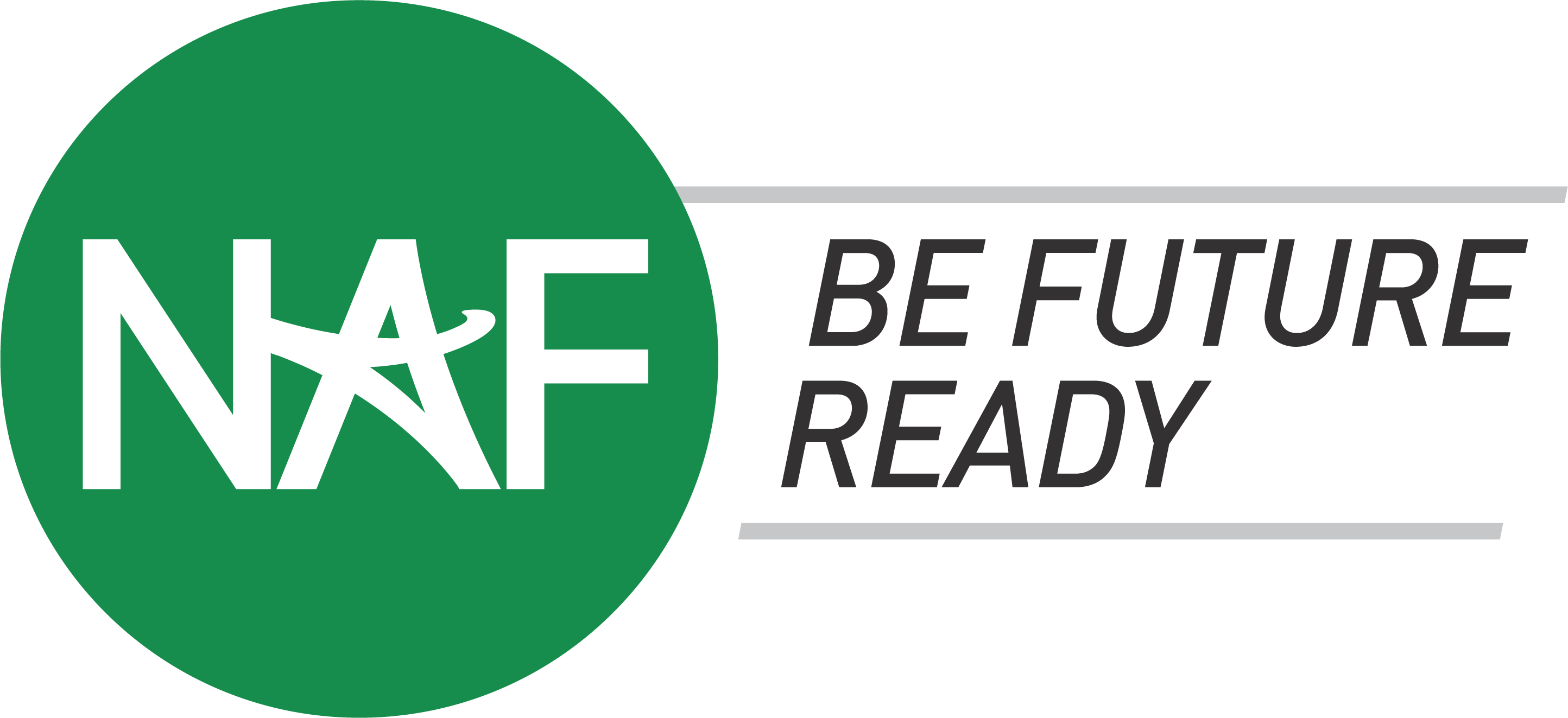Listening to President Obama’s State of the Union speech, I was thrilled to hear him emphasize the importance of educating young people to take the reins of tomorrow’s workforce. His challenge to schools to create rigorous STEM curricula and build partnerships with businesses and colleges is just how to do it, and if recent findings on students’ level of engagement in STEM subjects are any indication, we need serious movement on this issue quickly.
It was startling to learn from STEMconnector and My College Options’ report, “Where Are the STEM Students?,” that while high school students’ interest in STEM careers is on the rise, nearly 60 percent change their minds within their first year of high school. Clearly the cheerleading about the importance of STEM subjects and that these areas are projected to create the most job growth — a whopping 20 percent by 2018 for science and engineering careers — is working, but there is a short window to turn a curiosity into something more long lasting. The stakes are high for keeping young people engaged, and we need to find solutions for doing just that.
True to the National Academy Foundation’s mission to prepare young people for the industries that offer them the opportunity for rewarding careers, three of our academy themes align with large STEM job growth projections — engineering, health sciences, and information technology. To date, there are over 30,000 students enrolled in 230 STEM-related NAF academies across 30 states. We have recently begun the task of tracking these students to see how they stay with the program, and we have a good feeling they will. Here’s why.
It’s all about making STEM tangible and real. Career prospects can feel a long way away for a 15-year-old. By engaging students immediately in addressing professionally oriented projects — whether it’s figuring out how to keep a ship from sinking, how to build a bridge, sustain a clean energy system, or develop a mobile app — young people need to see how what they learn in the classroom applies to the real world. By combining STEM-focused curriculum, industry-vetted project-based learning, and a series of work-based learning experiences in these fields, students are able to make connections across courses and into real practice.
On top of that, NAF academies across the board rely on current industry professionals to bring this all to life through job shadowing, working with students on their projects, and as internship supervisors. When adults invite young people into their businesses, and take an interest in their education, goal setting, and career planning, it has a transformative effect on students’ confidence and engagement. Particularly for young women and students from backgrounds that are typically underrepresented in these fields, the message that there is a place for them in the professional world is crucial.
There are more than 4,600 committed professionals supporting students at NAF academies already and the need is always expanding. One great example is the Women’s Association of Verizon Employees (WAVE). Verizon WAVE holds ongoing workshops for female high school students designed to get them excited about possible careers in IT and engineering and maintain their interest by providing support and mentorship to these students.
Sure there will always be young people who, after being exposed to a specific area, will decide that they aren’t interested — and that’s not a bad thing. Not all students will enter STEM-related careers, but given the growing integration of technology into every kind of business and everyday life, a strong STEM background will always be useful. Besides, college is a very expensive place to begin career exploration.
We need to generate as much STEM interest and ambition as possible, plus offer educational supports that sustain that passion into college and career. And by “we” I mean any and all adults who have an impact on young people in any capacity — parents, educators, and the business community alike all play a role in keeping students engaged. The ability to ensure a robust economy and the career opportunities for young people demands it.


